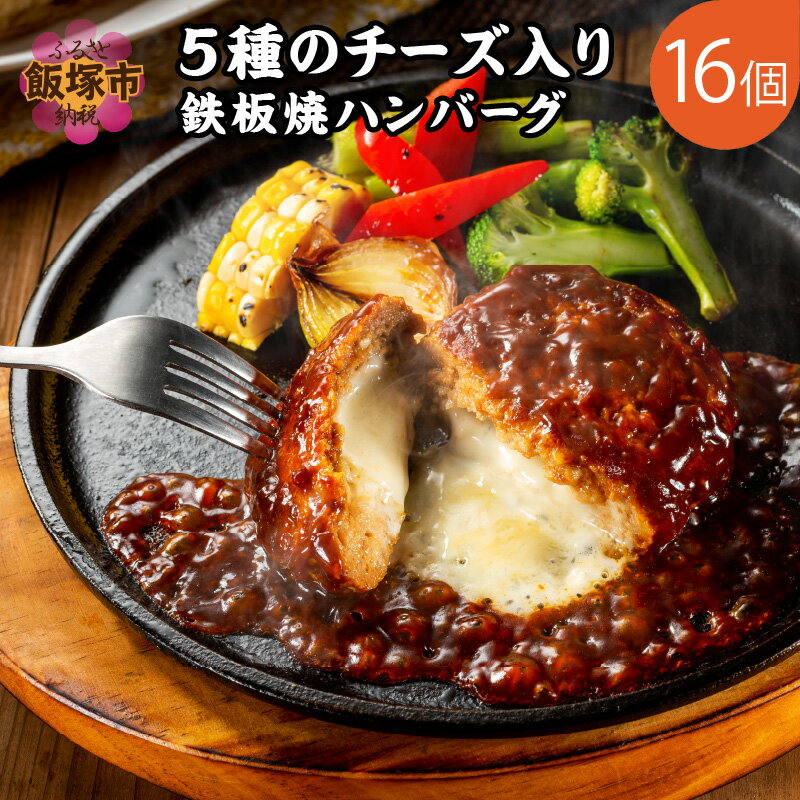論文No3625
Cost-effectiveness analysis of atezolizumab as adjuvant treatment of patients with stage II-IIIA non-small cell lung cancer, PD-L1+≥50% of tumor cells in France: A modeling study
Ingrid Plessala,Hélène Cawston,Justine Cortes,...Katell Le Lay,Pierre-Jean Souquet,Christos Chouaid
LUNG CANCER, VOLUME 184, 107316, OCTOBER 2023.
<はじめに>
本研究の目的は、ステージII-IIIAの非小細胞肺癌(NSCLC)で、
腫瘍細胞のプログラム死リガンド1(PD-L1)発現が50%以上であり、
ALK/EGFR遺伝子変異を有する患者を除く患者に対する切除術およびプラチナ製剤ベースの化学療法後の補助療法として、
アテゾリズマブと最善の支持療法(BSC)の費用対効果をフランス集団の観点から評価することである。
<方法>
無病生存期間(DFS 1)を含む、20年間の時間地平における5状態マルコフモデルを検討した。
1略語: IgG1:免疫グロブリンG1、IV:静注、KM:Kaplan-Meier、LY:生命年、NSCLC:非小細胞肺がん、OS:全生存期間、PD-L1:プログラム死リガンド1、PSA:確率的感度分析、QALY:質調整生存年、QoL:生活の質、TC:腫瘍細胞。
IMpower010試験より)、3つの進行状態(局所再発、1次および2次転移再発)、死亡、ユーティリティ、有害事象に関連する質調整生存年(QALY)減少、コスト、資源使用、および移行確率がモデルで考慮された。
これらのインプットはIMpower010試験、文献、臨床専門家の意見から得た。
モデルの不確実性は、決定論的、確率論的感度分析およびシナリオ分析により評価した。
<結果>
アテゾリズマブは、主にDFS状態に費やされた追加時間により、
1.662のQALY利得と関連し、2.112年の生命年利得と関連した。
アテゾリズマブとBSCの増分費用効果比(ICER)は、21,348ユーロ/QALYであった。
感度分析では、モデル内の不確実性が結果に与える影響は限定的であることが強調された。
DFS生存曲線を他の妥当な分布に変更することで、ICERは20,000ユーロ/QALYを下回った。
2年目から5年目にかけて治癒患者の割合(91.5%)が増加することを導入すると、
ICERは13,083ユーロ/QALYに減少し、一方、アテゾリズマブ治療群における2年目の有効性の喪失を含めると、
ICERは33,755ユーロ/QALYに増加した。
<考察>
PDL1≧50%でALK/EGFR遺伝子変異のないII-IIIA期のNSCLC切除患者における術後補助療法としてのアテゾリズマブのICERは、フランスでは他のがん治療薬よりも低く、がん領域における他の術後補助療法と同程度であった。
Introduction
The objective of this study was to assess the cost-effectiveness of atezolizumab versus best supportive care (BSC) as adjuvant treatment following resection and platinum-based chemotherapy for patients with stage II-IIIA non-small cell lung cancer (NSCLC) whose tumours have a programmed death-ligand 1 (PD-L1) expression ≥ 50% of tumour cells and excluding those with ALK/EGFR mutations, from a French collective perspective.
Material and Methods
A five state Markov model over a 20-year time horizon was considered, including disease-free survival (DFS 1
1Abbreviations: AE: adverse event; ALK: anaplastic lymphoma kinase; BSC: best supportive care; DFS: disease-free survival; DSA: deterministic sensitivity analyses; EFGR: epidermal growth factor receptor; EQ-5D: EuroQol-5 dimension; HAS: Haute Autorité de Santé; ICs: immune cells; ICER: incremental cost-effectiveness ratio; IgG1: immunoglobulin G1; IV: intravenous; KM: Kaplan-Meier; LY: life-year; NSCLC: non-small cell lung cancer; OS: overall survival; PD-L1: programmed death-ligand 1; PSA: probabilistic sensitivity analysis; QALY: quality-adjusted life-year; QoL: quality of life; TCs: tumor cells.
) from IMpower010 trial, three progression states (locoregional recurrence, first and second-line metastatic recurrence) and death. Utilities, quality-adjusted life year (QALY) decrements associated to adverse events, costs, resource use, and transition probabilities were considered in the model. These inputs were sourced from IMpower010 trial, literature, and clinical experts’ opinion. Model uncertainty was assessed through deterministic, probabilistic sensitivity analyses and scenario analyses.
Results
Atezolizumab was associated with a QALY gain of 1.662, mainly driven by additional time spent in the DFS state, and a life-year gain of 2.112 years. The incremental cost-effectiveness ratio (ICER) for atezolizumab versus BSC was €21,348/QALY gained. The sensitivity analyses highlighted that uncertainty within the model had limited impact on results. Changing the DFS survival curves to other plausible distributions produced ICERs below €20,000/QALY. Introducing an increasing proportion of cured patients (91.5%) from year two to year five reduced the ICER to €13,083/QALY, while including a loss of efficacy at year two in the atezolizumab treatment arm increased the ICER to €33,755/QALY.
Discussion
Atezolizumab as adjuvant treatment in stage II-IIIA NSCLC resected patients with PDL1 ≥ 50% and without ALK/EGFR mutations has a lower ICER than other oncology drugs in France and a similar ICER to other adjuvant treatment in oncology.


